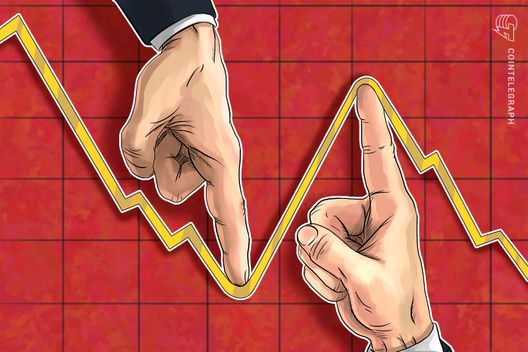Bitcoin pioneer predicts $1T BTC market cap by 2022 or ‘sooner’
Adam Back believes that Bitcoin could boost its market cap by 400% in under two years.
1914 Total views
2 Total shares

Bitcoin (BTC) hitting a $1 trillion market cap by 2025 is “conservative” and those levels should hit in less than two years.
That was according to Blockstream CEO Adam Back, who delivered a fresh bullish BTC price outlook on Oct. 5.
Back was responding to a report by Yassine Elmandjra, a crypto-asset analyst at investment advisor ARK, who in September forecast a Bitcoin market cap of $1–5 trillion by 2030 at the latest.
ARK is well known for its enthusiastic price forecasts for Tesla stock, which saw an almost unbelievable rise in 2020.
“Conservative. I’d say #bitcoin likely sees $1 trillion market cap within 2 years, probably sooner. $1 trillion is about BTC $50k,” he said.
As of October 2020, Bitcoin’s market cap is just over $198 billion. For Back’s prognosis to come true, the market would need to see a 400% increase by 2022.
For reference, at the start of October two years ago in 2018, the figure stood at $114 billion. BTC/USD traded at $6,600, two months before the pit of its bear market which bottomed out at $3,100.

Bitcoin market cap historical chart. Source: CoinMarketCap
Analysts betting on a breakout
Further responses to ARK included on-chain data resource ecoinometrics, which highlighted a $2 trillion Bitcoin market cap as equal to that of Apple.
BTC/USD would trade at $100,000 under such circumstances, while to equal gold, the pair would need to reach $500,000.
As Cointelegraph reported, Bitcoin price activity is currently much more subdued, with analysts expecting more sideways action to characterize the remainder of the year.
At the same time, anticipation is building over BTC/USD abandoning its correlation to traditional macro assets and rising in line with historical behavior — specifically centered on predictions from the stock-to-flow price forecasting models.
Stock-to-flow calls for an average price of $288,000 during the current halving cycle, which began in May and will last until 2024.









